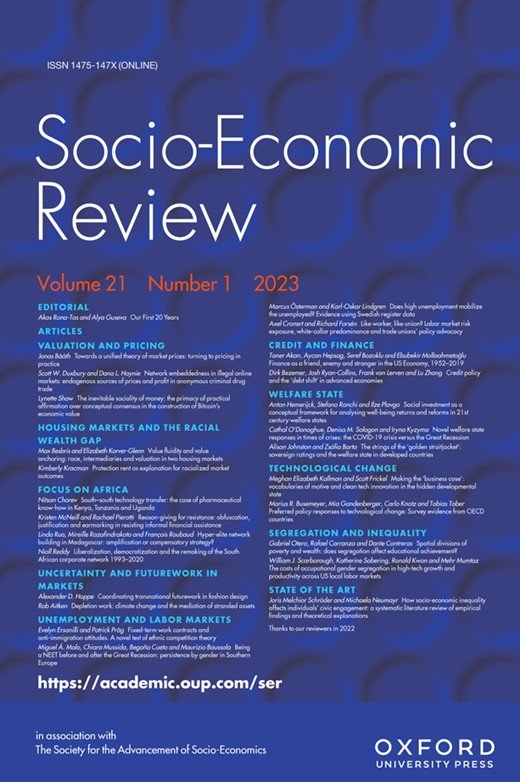By Nafees Hamid and Cristina Ariza
Question: Are those radicalised offline or online more of a threat? Which group is harder to detect, more successful in completing attacks, and more lethal when they do so? Is the pattern different for youth versus older perpetrators and for men versus women? This report investigates these questions. Database: We created a database containing 439 perpetrators involved in 245 attacks between 1 January 2014 and 1 January 2021. It includes every publicly known completed attack and an extensive sampling of thwarted attacks. Attacks were all jihadist‑linked in eight Western countries: Australia, Austria, Belgium, France, Germany, Spain, the United Kingdom and the United States. Type of radicalisation: In our database, radicalisation primarily happens offline; over half the individuals in our database had been radicalised via offline networks. Success and lethality: Individuals who were radicalised offline were three times more likely than individuals radicalised online to complete an attack successfully. Those radicalised offline are 18 times more lethal than individuals in the online category. Those radicalised online are almost eight times more likely to fail than to succeed. Group attacks: Individuals who were radicalised offline are almost three times more likely to attack or plot in groups than individuals radicalised online. Success of group attacks: While groups were more likely to be thwarted by the police than to succeed (regardless of how individuals had been radicalised), successful groups of people radicalised offline were more lethal than their lone actor counterparts (15%). Family and friends: Some 87% of those with radicalised friends and 74% with radicalised relatives plotted or attacked together. Foreign fighters: Foreign terrorist fighters (FTFs), who were mostly radicalised offline, have the same success rate as non‑FTFs. But success rate increases if they have spent more than a year in a terrorist training location. Age: Online radicalisation is on the rise for young people (born from the 2000s onwards), although most individuals, including young people, are still radicalised offline. Gender: Women appear to be more likely to have been radicalised online. Bottom line: Those radicalised offline are greater in number, more successful in completing attacks and more deadly than those radicalised online.
London: International Centre for the Study of Radicalisation, King’s College London. 2022. 40p.























